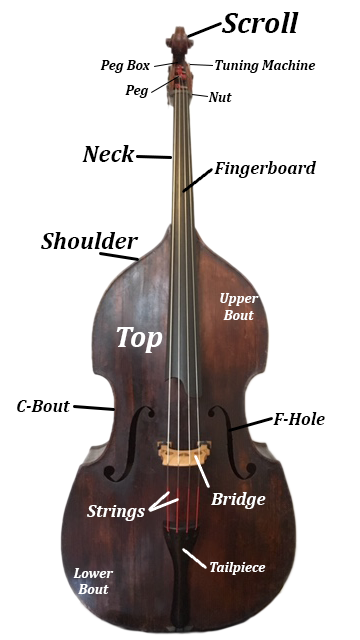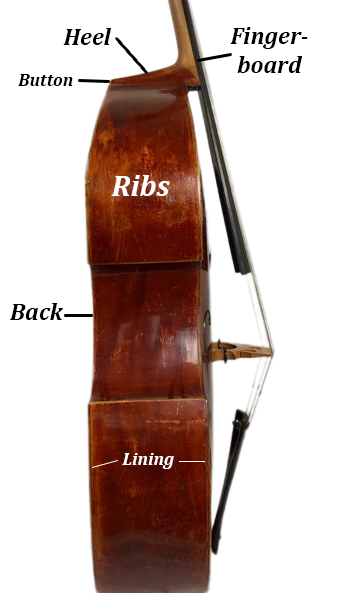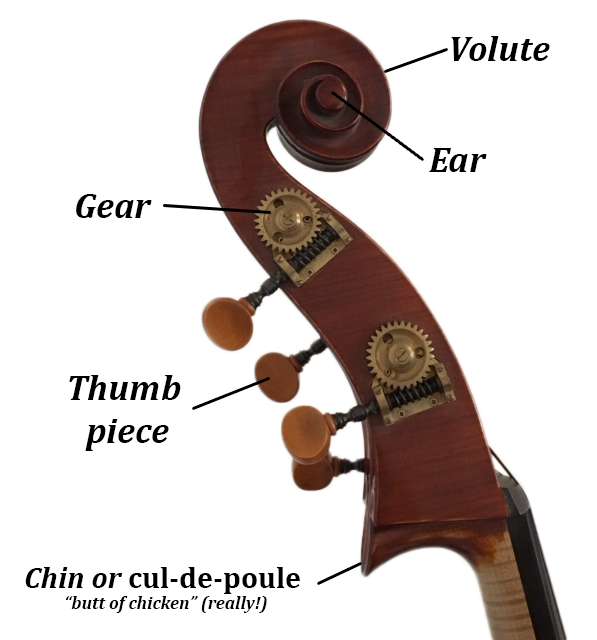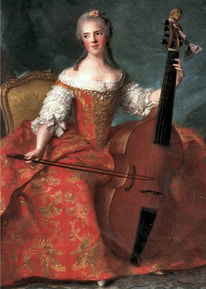Getting Started With Double Bass
Welcome to one of the most exciting of human achievements - playing the double bass! No seriously! Few pursuits combine the cerebral and athletic challenge of mastering our giant instrument of musical expression. Who knows where we can go from here? Here we've compiled background information and learning resources to help you get started playing the bass. This page will be ever-expanding, so keep checking back!



